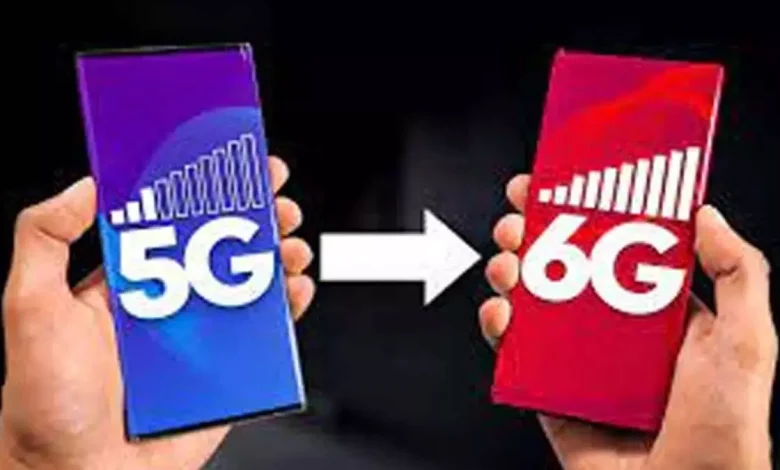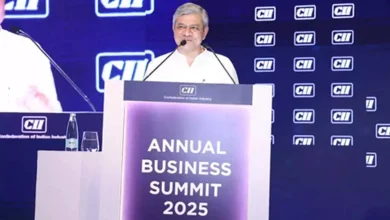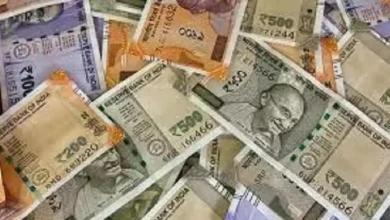India’s digital economy estimated to reach $1 trillion by the end of 2025: DIPA

Business Business:With urban wireless tele-density already at 131.45 per cent and telecom contributing over 6.5 per cent to GDP, India has reached a pivotal moment where connectivity has transcended its traditional boundaries, the Digital Infrastructure Providers Association (DIPA) said on Tuesday.The digital economy is projected to reach $1 trillion by the end of 2025, yet this figure only hints at the profound transformation that is about to take place, as connected living is redefining sectors from healthcare to agriculture, education to transport.
“We are witnessing the birth of ambient intelligence, where connectivity has become the invisible force empowering every aspect of daily life,” said Manoj Kumar Singh, Director General, DIPA. India’s telecom infrastructure is no longer just about communications – it is becoming the neural network of society. The future belongs to the connected living environment, where automated systems, mesh networks and intelligent applications work together to improve the human experience. This is not incremental improvement; This is a fundamental reimagining of how technology serves humanity,” Singh explained.
Users will now be able to purchase audiobooks directly from Spotify’s iPhone app
The magic happens in the invisible mesh network that covers the country.India’s telecom operators have deployed an extraordinary 4.78 lakh 5G base transceiver stations by March 2025, which will contribute to a total of 30 lakh BTS across all technologies.But the real innovation lies not in the infrastructure but in what it enables – a persistent, self-healing web of communications that powers millions of intelligent devices working together.
In healthcare, connected living has revolutionised patient monitoring through IoT medical devices that transmit critical data to AI systems that are able to detect anomalies hours or days before they become clinically apparent.Rural areas previously underserved by medical professionals now gain access to specialised care through high-definition telemedicine enabled by robust connectivity.
Increased agricultural productivity through precision farming networks, according to Singh Where thousands of sensors monitor soil conditions, weather patterns and crop health – predicting optimal harvest timing and automatically adjusting irrigation and nutrient delivery. Farmers report an average yield increase of 28 per cent while water consumption is reduced by 31 per cent.
“Education has been transformed through immersive connected classrooms that erase geographic boundaries,” Singh said. Students in remote areas now connect with the country’s leading instructors through virtually holographic experiences, manipulating virtual objects and conducting collaborative experiments across vast distances.” The Smart Cities Mission has completed 7,549 projects at a cost of Rs 1,51,285 crore, demonstrating how telecommunications enable the environment to respond to human needs without conscious interaction. “Connected living represents a shift from reactive to predictive systems,” Singh said. The vision extends to commercial 6G deployment by 2030, which promises to further eliminate barriers between the physical and digital realms.





